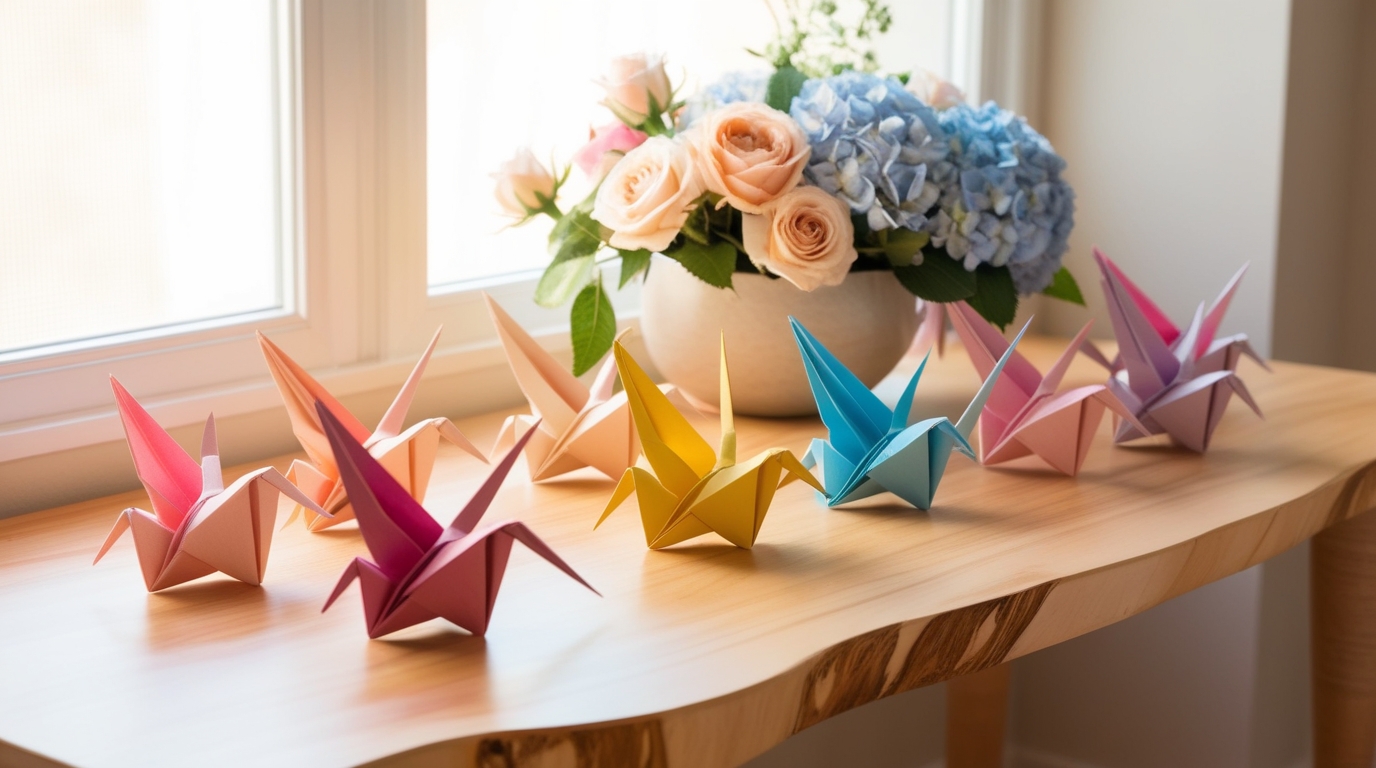
The Therapeutic Benefits of Origami for Kids and Adults
In today’s fast-paced digital world, finding moments of calm and creativity can be challenging. Whether you’re a child developing focus and coordination or an adult seeking a peaceful escape, origami — the ancient Japanese art of paper folding — offers a surprising path to mindfulness and healing.
Origami isn’t just about creating beautiful paper cranes or flowers. It’s a form of therapeutic art that helps both kids and adults strengthen their mental well-being, improve focus, and find joy in the present moment. Let’s explore how folding a simple sheet of paper can transform your mind, reduce stress, and spark creativity.
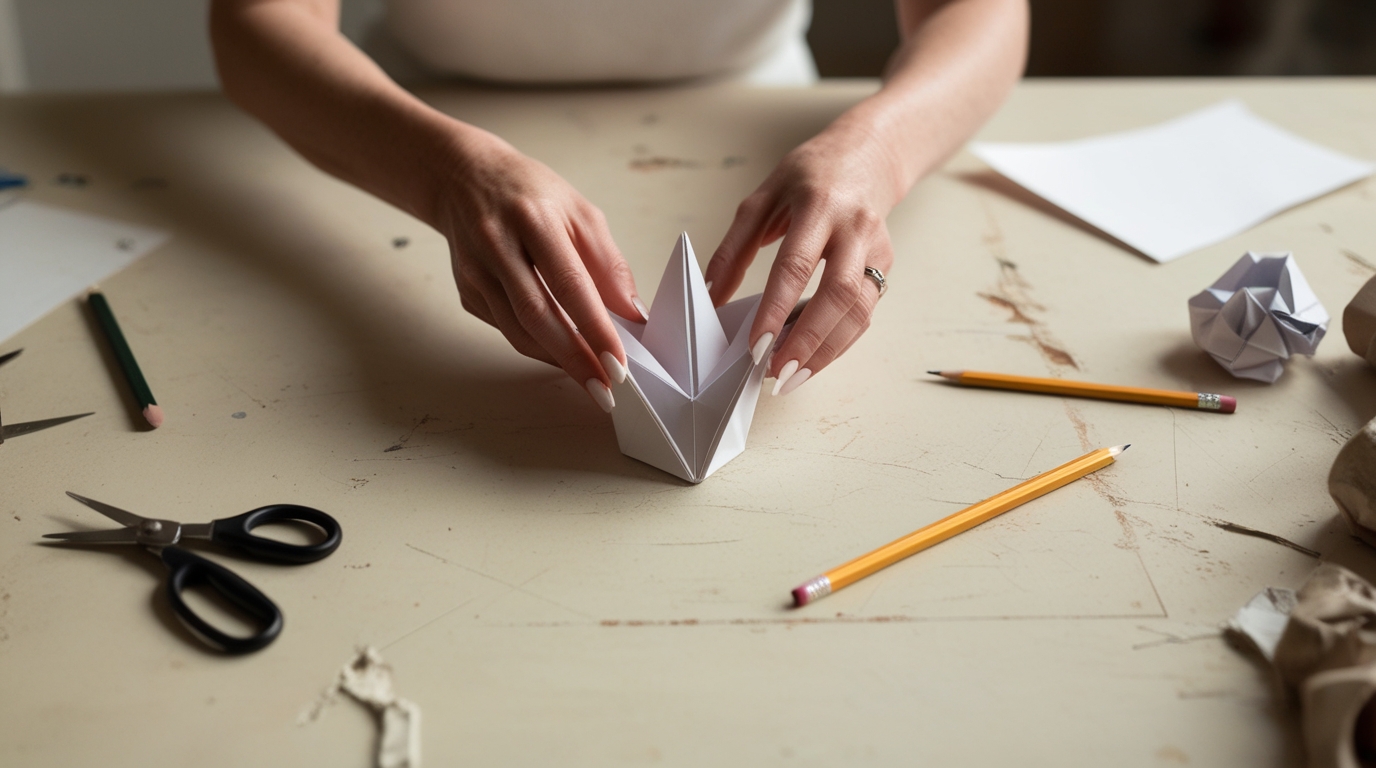
1. The Healing Art of Origami
Origami has been practiced for centuries in Japan and has evolved into a universal form of creative therapy. The act of folding paper into a structured shape involves deep concentration, patience, and mindfulness — all of which are proven techniques for reducing anxiety and improving emotional health.
When we engage in origami, we enter a meditative state where thoughts slow down and the mind finds rhythm. Each fold becomes a small achievement, creating a sense of accomplishment that helps balance emotions and boost confidence.
2. Mental Health Benefits of Origami for Adults
Modern life often brings stress, burnout, and constant multitasking. Origami serves as a peaceful mental reset for adults who need to unwind.
Here’s how origami can help adults mentally and emotionally:
🧘 strong>Reduces Stress and Anxiety: The repetitive folding process activates the parasympathetic nervous system, calming your mind and body.
💭 Improves Focus and Patience: Concentrating on each fold helps improve attention span and problem-solving abilities.
🎨 Boosts Creativity: Experimenting with paper shapes stimulates the right side of the brain, enhancing creative thinking.
💖 Promotes Mindfulness: Folding paper encourages being present — a core principle in meditation and relaxation practices.
For adults who struggle with digital fatigue or anxiety, origami offers a simple yet powerful mindfulness activity you can enjoy anytime, anywhere — without screens or distractions.
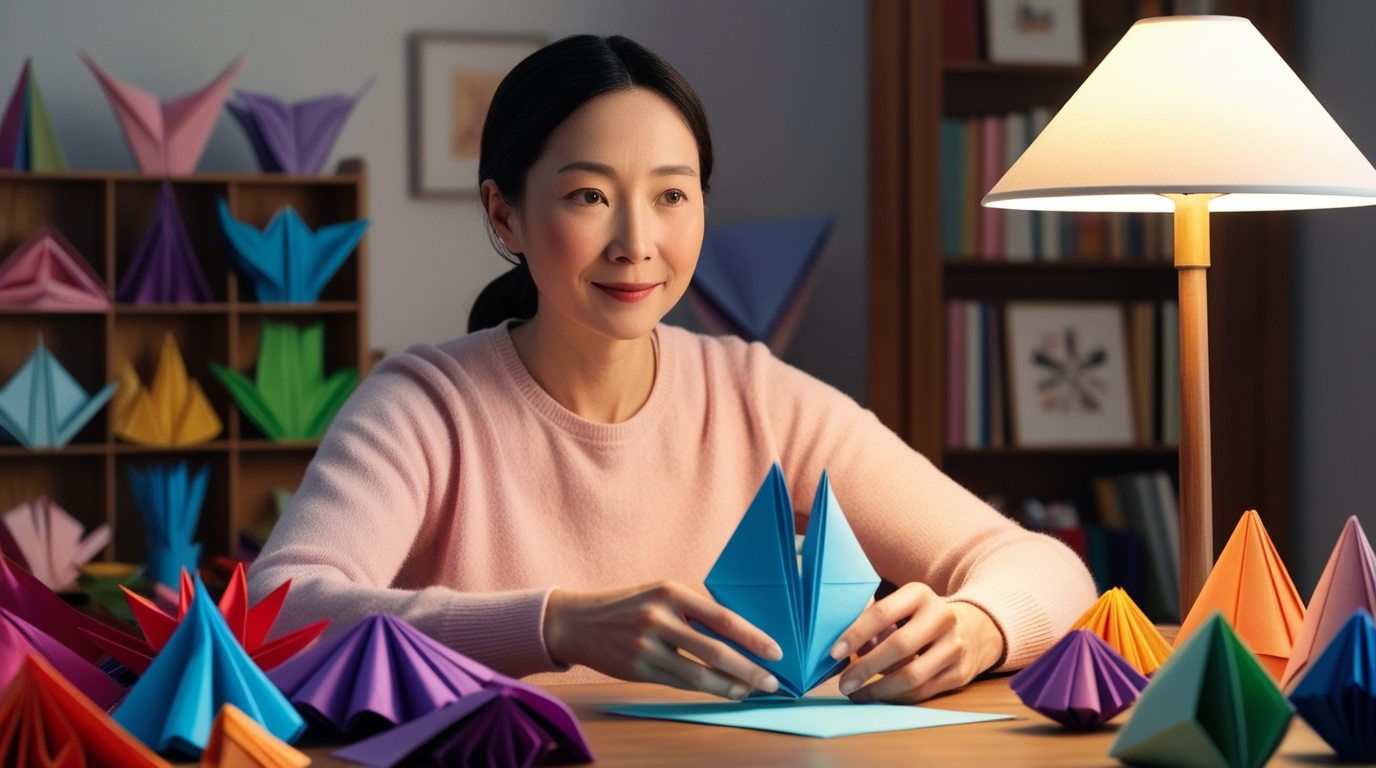
3. Emotional and Cognitive Benefits for Kids
For children, origami is much more than a craft activity — it’s a developmental tool that enhances their motor skills, emotional intelligence, and focus.
Key Benefits for Kids:
✋ Enhances Fine Motor Skills: Folding paper helps children strengthen hand-eye coordination and precision.
🧠 Improves Concentration and Memory: Remembering fold sequences boosts cognitive ability and spatial awareness.
😌 Encourages Patience: Kids learn the importance of step-by-step progress and perseverance.
😊 Builds Confidence: Completing an origami model gives children a tangible sense of achievement.
💬 Promotes Expression and Creativity: Kids express themselves through colors, shapes, and imaginative designs.
Origami also teaches children how to cope with mistakes — if a fold goes wrong, they can simply start again. This fosters resilience, problem-solving, and self-compassion.
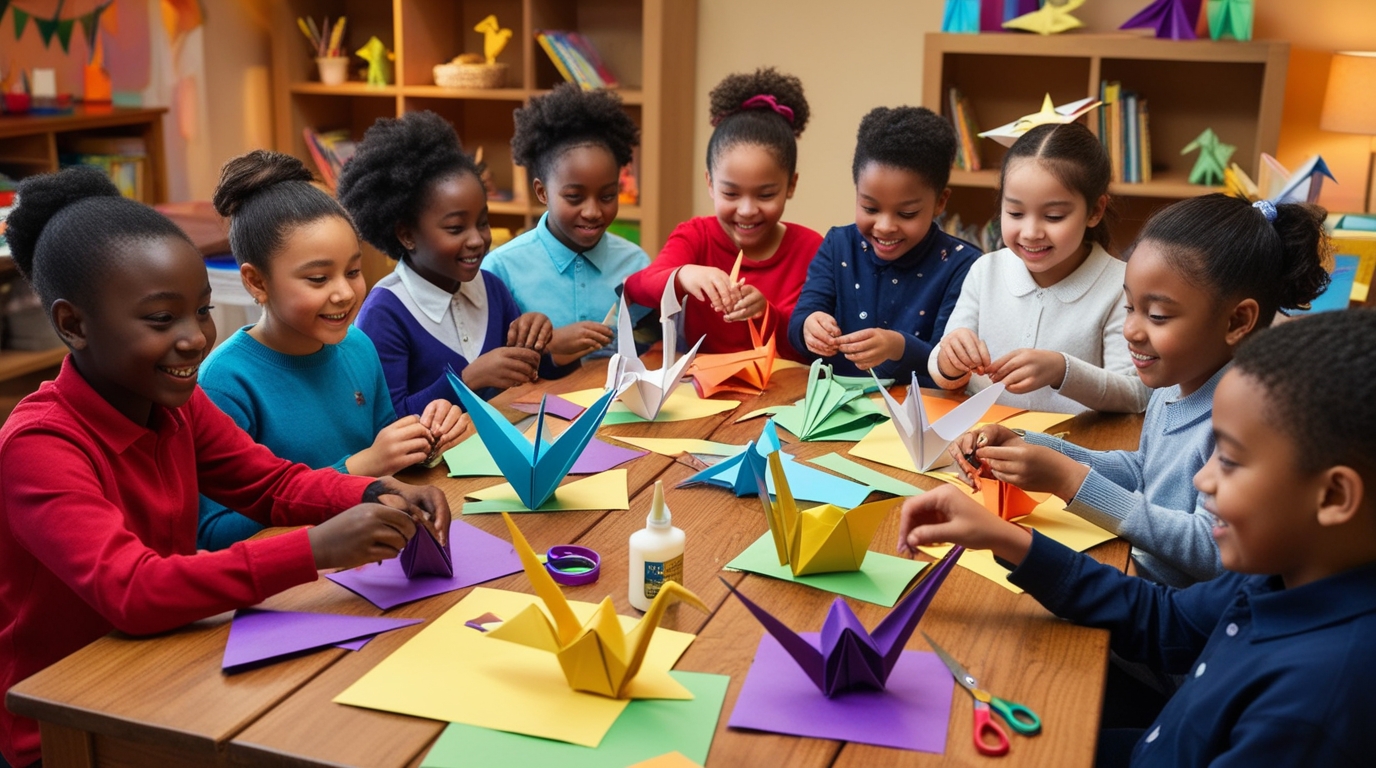
4. Origami as a Form of Meditation
Practicing origami aligns closely with the principles of meditation and mindfulness. The rhythmic process of folding paper draws attention to the present, quieting overthinking and promoting emotional clarity.
Researchers have even found that repetitive hand movements, like folding, can help regulate breathing and lower heart rates — creating the same calming effect as meditation or yoga.
Whether it’s making a simple crane or a complex flower, origami allows you to connect deeply with the moment, turning a plain sheet into a piece of mindful art.
5. Therapeutic Uses of Origami in Therapy and Education
Origami is now being used in schools, hospitals, and therapy centers around the world. Therapists and educators integrate it to support emotional healing, rehabilitation, and learning.
Some real-world examples include:
👩🏫 In Classrooms: Teachers use origami to improve students’ focus, creativity, and teamwork.
🏥 In Mental Health Therapy: Therapists use it as a calming tool for anxiety, PTSD, and depression.
🧩 In Rehabilitation Centers: Patients recovering from injuries or surgeries use origami to rebuild motor coordination.
Because origami combines art, mathematics, and meditation, it’s a powerful interdisciplinary tool that benefits both the mind and body.

6. How to Start Your Origami Therapy Journey
Starting with origami therapy is easy and inexpensive — all you need is paper and patience.
Here’s how to begin:
Choose simple shapes like a heart, crane, or butterfly.
Find a quiet space free of distractions.
Focus on your breathing as you fold each step.
Don’t rush — let your hands and mind move in harmony.
Display your creations proudly or gift them to loved ones.
You can even involve your kids and make it a family bonding activity that encourages teamwork and calm communication.
7. The Joy of Connection Through Origami
One of the most beautiful aspects of origami is its ability to connect generations. Parents and children, teachers and students, even strangers at a workshop can bond through the shared experience of folding paper together.
Each fold becomes a shared story — one that represents patience, creativity, and love. At Tulsi Origami, we believe that every creation carries emotion, care, and artistry — turning simple paper into something deeply meaningful.
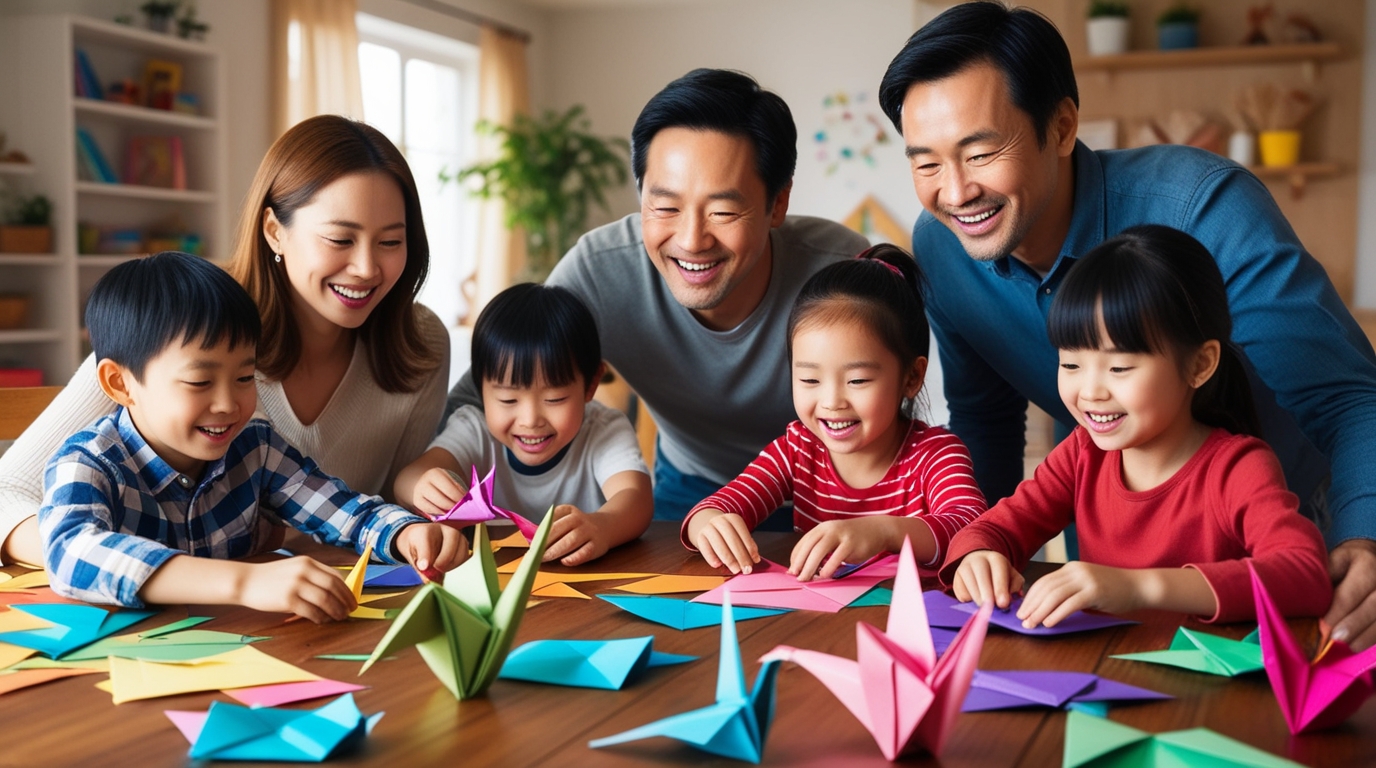
Conclusion
Origami is more than a craft — it’s a therapeutic practice that brings balance, focus, and peace to our everyday lives. Whether you’re an adult seeking stress relief or a child learning patience, paper folding offers a gentle reminder that happiness lies in the smallest folds of life.
So next time you feel overwhelmed, take a piece of paper, breathe, and fold. You might just unfold a calmer, happier version of yourself.
Paper Stories
LATEST ARTICLES
Behind Every Fold
Unfold meaningful stories, tips, and trends in modern origami culture.
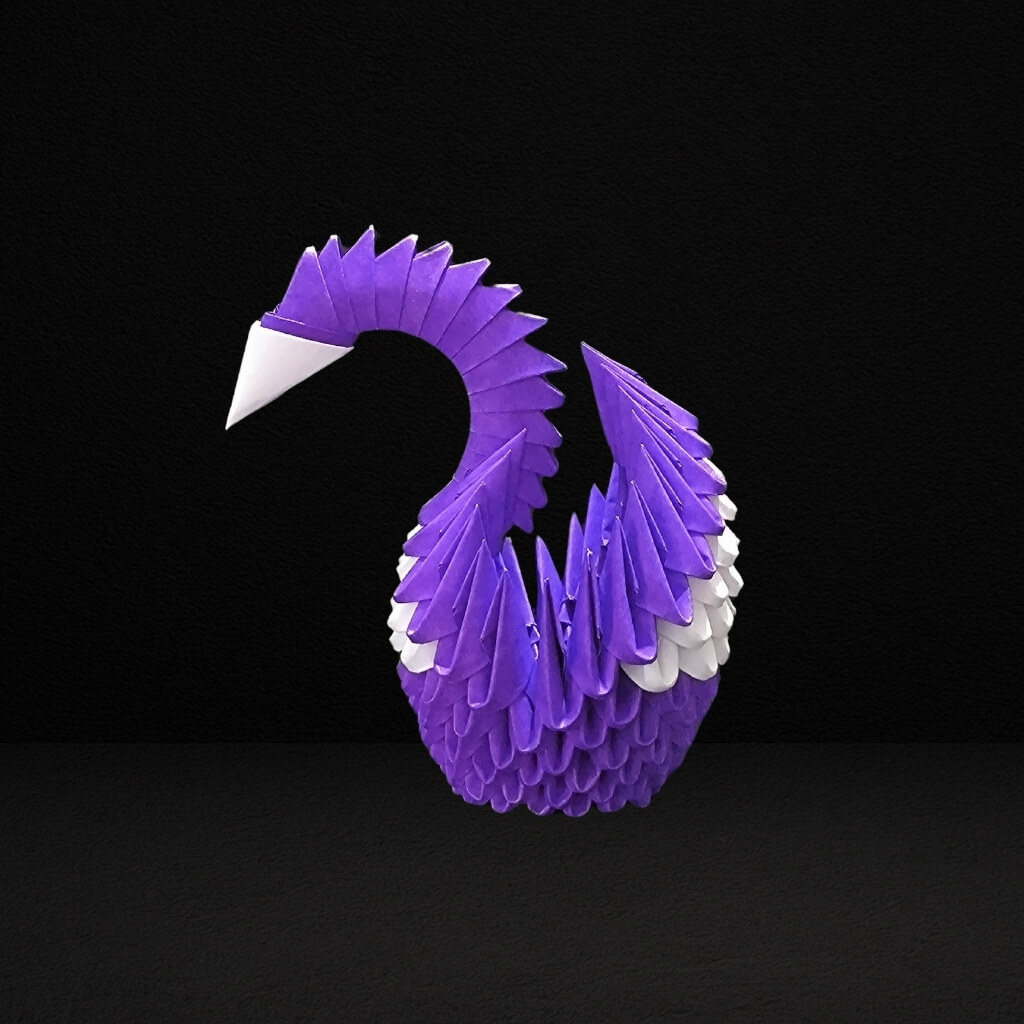
Elegant 3D Origami Swan Sculpture – Purple and White

Vibrant 3D Origami Rainbow Swan – Handcrafted Colorful Art Piece
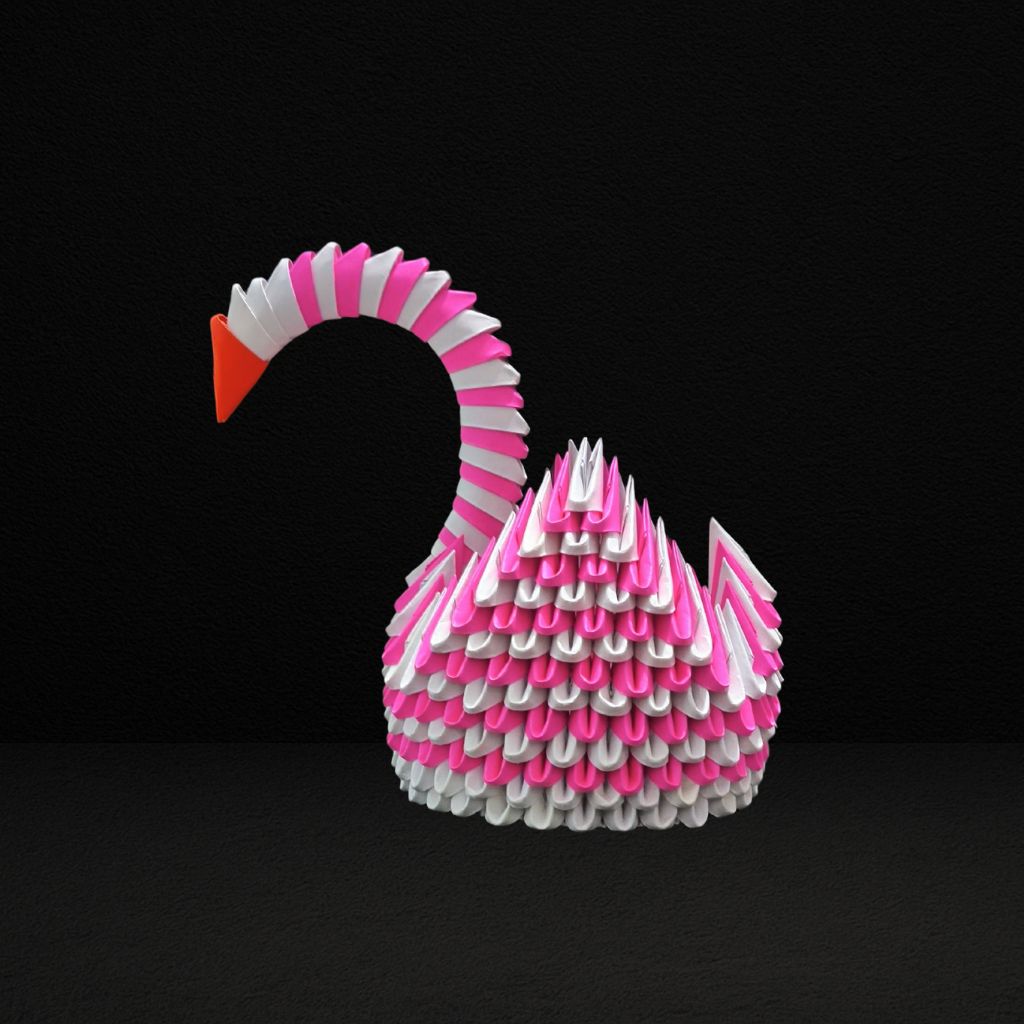
Vibrant 3D Origami Pink Swan – Handcrafted Decorative Art Piece
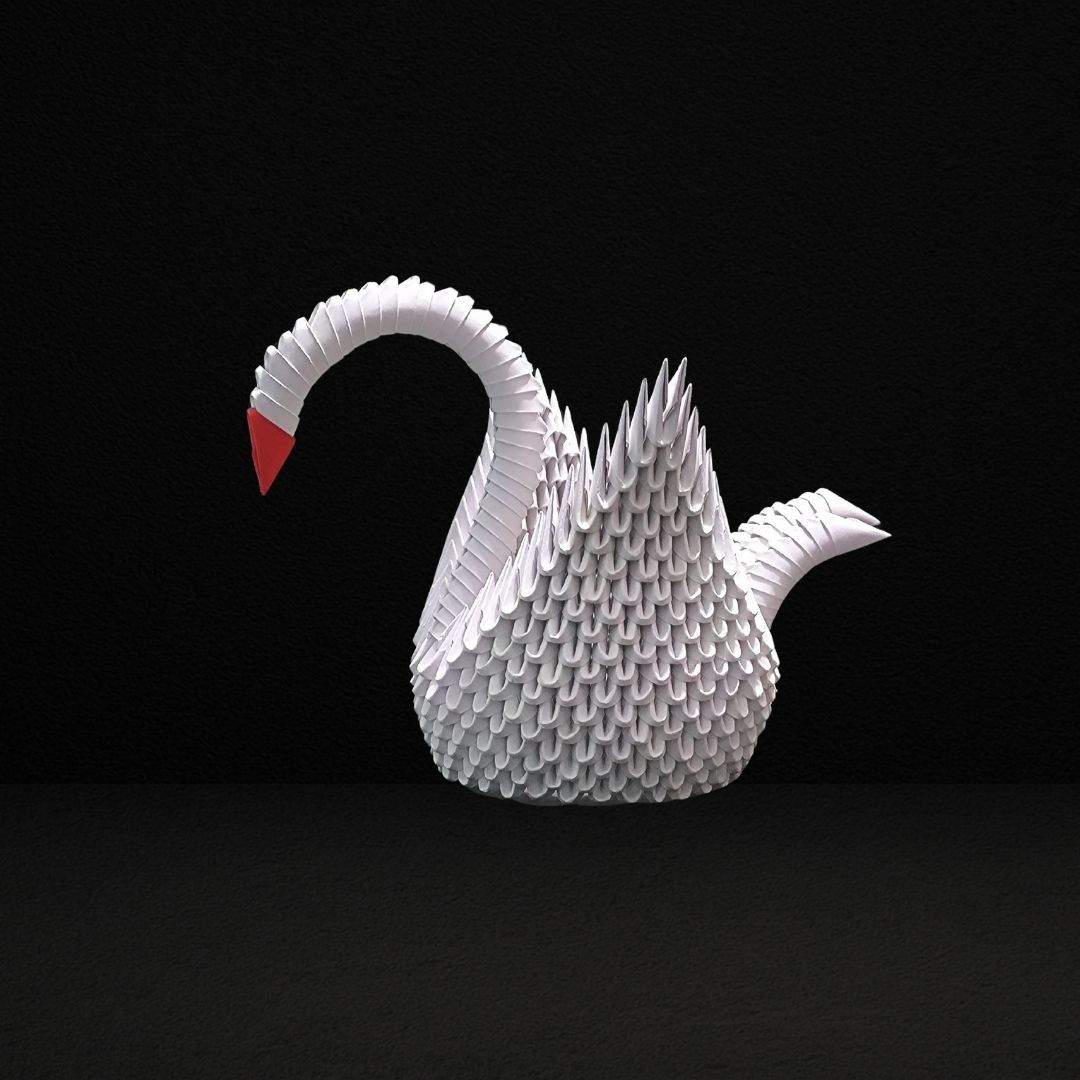

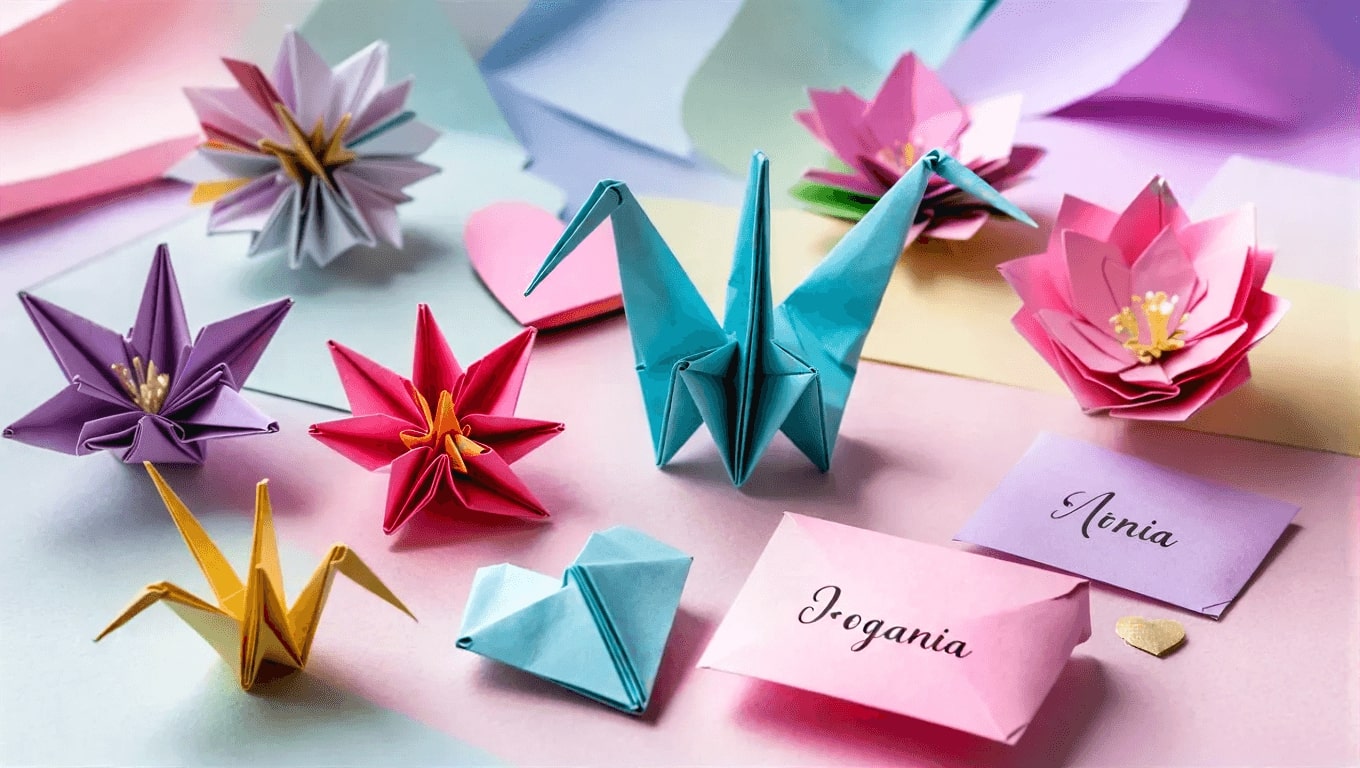
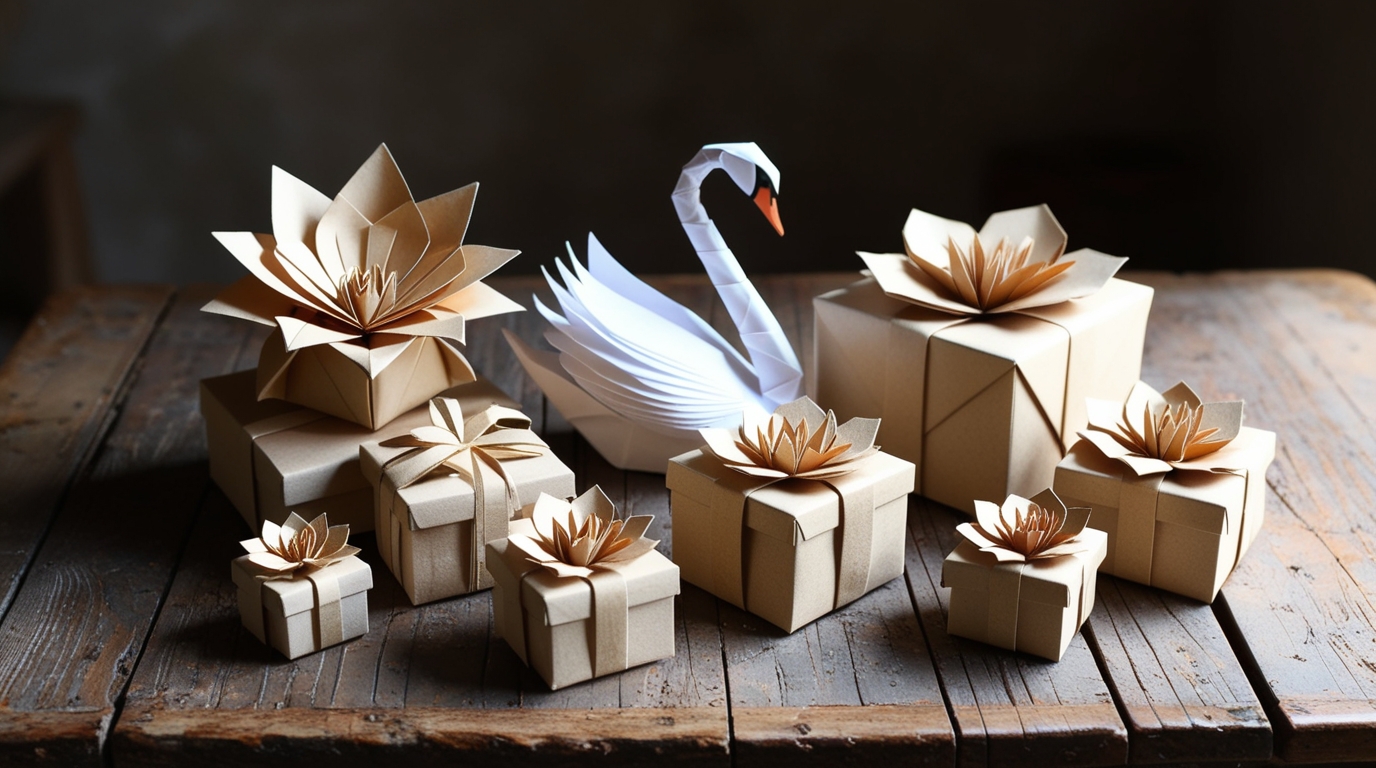
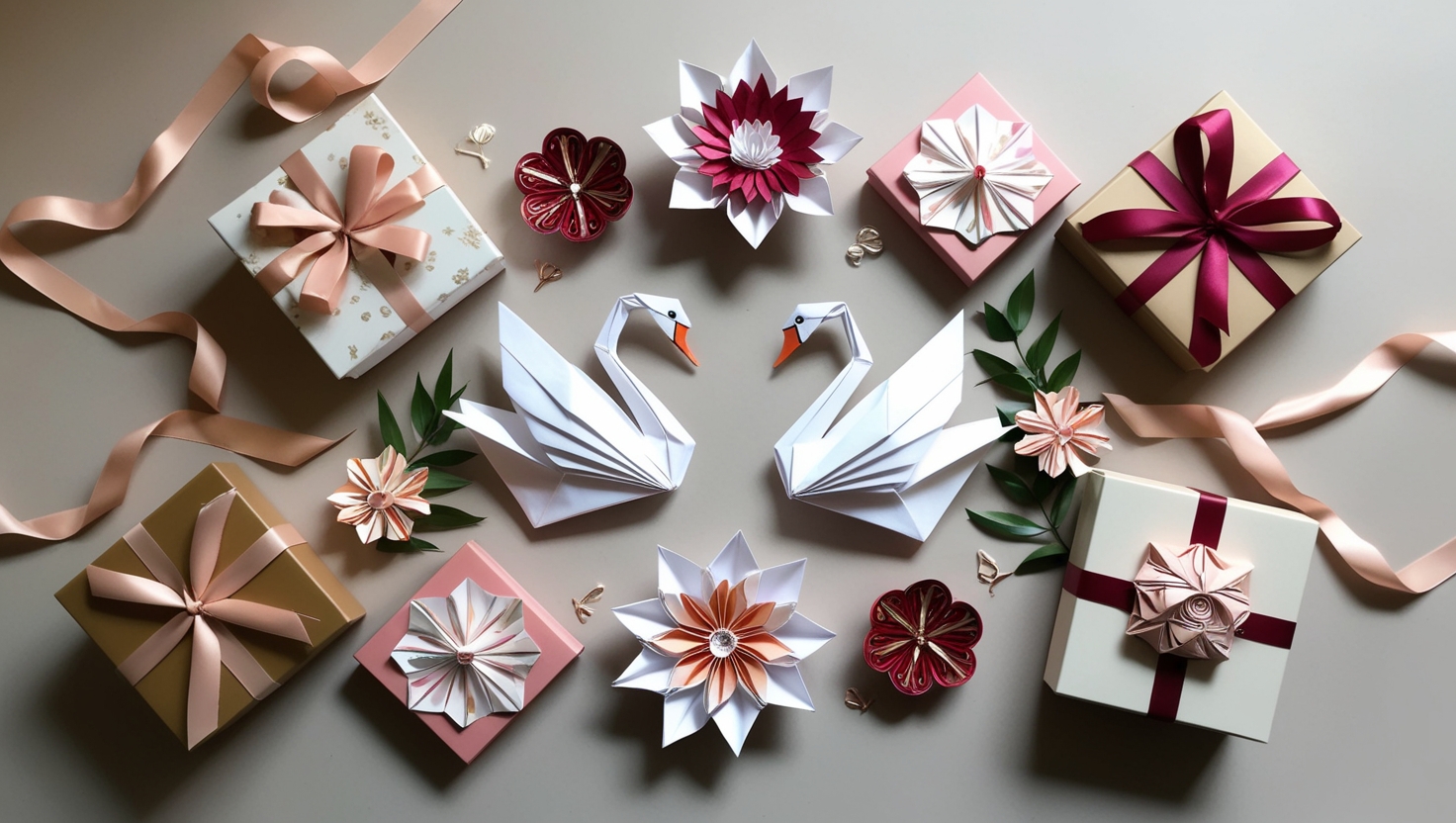

Comments
Post a Comment
You mustto post a comment.
No comments yet. Be the first to comment!